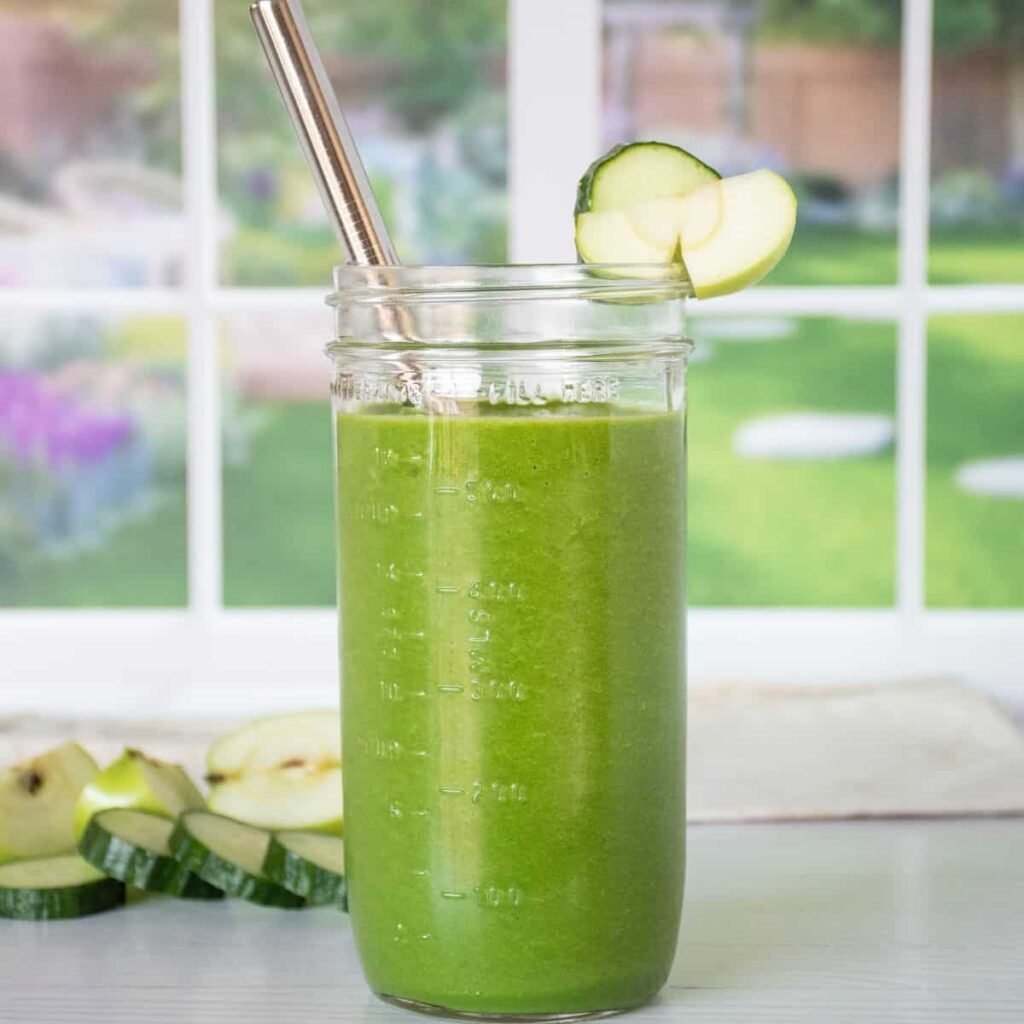Nutrition
Reasons children must eat fruits

• fruit-basket arrangement
Fruit is one of the most important parts of your child’s diet. It’s low in fat and calories and supplies key nutrients that your child needs to grow. Fruit helps protect your child from certain illnesses and diseases as well. Elementary-age children need between 1 and 1 1/2 cups of fruit each day and teens should get between 1 1/2 and 2 cups.
Low in Fat and Calories
One out of three children is overweight or obese, largely due to unhealthy diets high in fat and calories and low in nutrients. Eating plenty of fruit is one way to lower your child’s caloric intake, which can help prevent unhealthy weight gain or shed excess pounds. Replacing high-calorie and high-fat snacks with fresh fruit can significantly cut the number of calories in your child’s diet. Fresh fruit also contains nutrients that give your child energy so he can be active, which is another way to help him manage his weight.
Rich in fibre
Fresh fruit is a nutritious source of fibre, which many children don’t get enough of in their daily diets. Fibre helps keep your child’s digestive system working normally, which reduces his risk of constipation. When your child gets plenty of fibre in his diet, he’s also at a decreased risk of heart disease, Type 2 diabetes and obesity.
Enriched with vitamins and minerals
Fruit contains a wealth of key vitamins and minerals that support your child’s development and help keep him healthy. Plenty of fruit helps your child get adequate amounts of potassium, which helps keep his blood pressure normal. Fruit supplies vitamin C, a nutrient that boosts your child’s immune system and helps prevent infection. It also provides vitamin A for healthy eyes and folate for normal DNA production.
Has many health benefits
The vitamins and minerals in fruit keep your child’s kidneys working normally, which decreases his risk of kidney stones, and helps your child build bone mass, according to the ChooseMyPlate.gov website. A diet rich in fruit can reduce your child’s lifetime risk of certain types of cancer such as throat, oesophageal and stomach. Fruit might also reduce the risk of lung cancer, according to the Harvard School of Public Health.
Improves academic performance
A healthy and well-balanced diet supports brain development, and eating plenty of fresh fruit might boost your child’s performance in school. A 2008 study published in the “Journal of School Health” notes that a diet rich in fruits and vegetables results in higher test scores. A healthy diet that includes fruit can also increase your child’s focus in the classroom so he is able to learn new information, as well as retain what he’s learned.
Source: healthyeating.sfgate.com
Nutrition
Palm nut soup

Palm nut soup is a Ghanaian dish that can be served with so many foods. It has a rich base of palm nuts combined with tomatoes and various vegetables that makes it very nutritious.
Preparation
Ingredients
– 1 kilogramme of palm nut
– Half kilogramme of beef
-One kilogramme of goat meat
-Three large salmon
-One full tuna
– A handful of turkey berries
-Two large onions
-4 large tomatoes
-3 large garden eggs
– One tin of mackerel
-Ten large peppers
– One large ginger
-2 cloves of garlic
– Four fingers of okro
– Salt to taste
Instructions
-Wash, cook palm nut, turkey berries, and pepper and add salt to it.
-Grind palm nut, turkey berries and pepper with mortar and pestle or mini food processor.
-Wash goat meat, beef, Tuna, salt and put on fire.
– Blend onion, garlic, ginger and tomatoes and pour on the goat meat.
– Add smoked tuna and salmon and okro to the soup.
-Use a spoon or ladle to skim off the surface oil.
-Garnish the soup with the okro or garden eggs as desired.
-Serve with fufu, banku or Omo tuo.
Nutrition
Cucumber and apple smoothie

Ingredients
-Two medium sized cucumber
-Three apples
-Four tablespoonful of honey
-Crushed ice
-Two cups of yoghurt
-One tablespoonful of blended ginger
– One tablespoonful of celery and mint
Preparation

-Wash and slice cucumber, apple into smaller sizes
-Blend until it is smooth
-Add honey and a little water to it
-Add crushed ice and yoghurt
-Blend it till you achieve your desired texture
– Then serve







